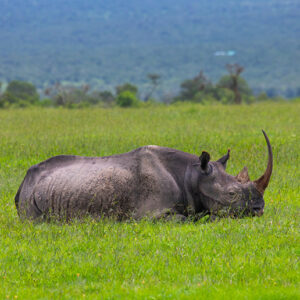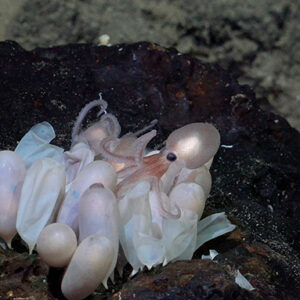
Jaguars are felines that are often native to North America. Of course, these cats are also found in other parts of the globe. Mexico, for one, is home to a number of them. However, the past few decades haven’t been kind. With hunting and deforestation, many of them have disappeared.
Activists are banding together to save these jaguars, and it seems as if their efforts have paid off. Visit the Mexican wildlife and you’ll see that more of these creatures are starting to roam the area. Many take this as a very good sign, and it is with hope that their works continue.
With boots on the ground, earth warriors have seen the rise of the jaguar population in Mexico. The numbers have increased by about 800 animals from 2010 to 2018. This was based on the first two censuses they made on the evasive carnivores. This was also the first ever conducted consensus done in the country. The information gathered shows how the country’s national strategy to protect these felines is very effective. The researchers recently reported this on the journal PLOS One.
“It was incredible to see jaguars in so many places where there weren’t any before,” said ecologist Gerardo Ceballos of the Universidad Nacional Autónoma de México. He is also the founder of Mexico’s National Alliance for Jaguar Conservation and lead author of the paper.
The jaguar (Panthera onca) was part of the list made by the IUCN as Near Threatened. The studies made range from northern Mexico through Central America, the Amazon Basin, and into northern Argentina. Years before, ecologists had never properly counted the number of jaguars. Thus, it was difficult for them to design a proper conservation program in the elusive feline’s northernmost ranges. The alliance that was made by Ceballos and his colleagues made use of the results of the first Mexican jaguar census in 2010. Their goal was to create a national strategy that was endorsed by both the government policy and the scientists.
“This is very important,” shared Ronaldo Gonçalves Morato, a jaguar researcher and the head of the National Predator Center at the Instituto Chico Mendes de Conservação da Biodiversidade in Brazil. He was part of the study. He also said, “They are connecting science with conservation plans. It can be a good model for researchers—not only working with jaguars, but all the other big cats or other species that are critically endangered.”
Ceballos teamed up with 20 ecologists as they spanned the country and gathered data from photo capture traps. Their goal was to ascertain where jaguars lived and how many of them roamed in each of the country’s protected conservation regions. They designed a plan to tackle the most crucial issues that affected these animals: to preserve wildlife corridors and sanctuaries; to become advocates for helpful laws and public policy; and to resolve and circumvent conflicts with livestock owners.
One great instance, the government paid people living within or near protected areas to not deforest sanctuaries. They made this possible by compensating the residents for cattle losses from jaguar predation. They also helped provide electric fences so that their livestock wouldn’t be harmed from the highly carnivorous cats. From the looks of it, the on-the-ground efforts had served them well.
“Local people have been critical,” Ceballos said to Mongabay. “When they have the funding and incentives to protect the forest, they become the most important ally.”
Ceballos shared that he actually anticipated to see these jaguar populations stay the same or decrease between 2010 and 2018. However, he was surprised by what he found. He saw the estimated numbers rise by 20 percent, from roughly 4,000 to 4,800 jaguars. Mexico’s Yucatan Peninsula is home to around 2,000 jaguars. The others are spread throughout coastal and inland habitats all across the nation. Right now, Brazil serves as shelter to the largest continuous jaguar habitat. They have an estimated population of more than 10,000 individuals
The National Alliance for Jaguar Conservation plans to hone in on key threats, particularly those involved with human conflicts and with habitat loss. Morato also believes that with these efforts, the other wildlife and ecosystems will also benefit from it.
“The jaguar is an umbrella species,” Morato explained to Mongabay. “They need a large amount of area, so if we need to protect a viable population of jaguars with at least 50 individuals, we are going to have many other species protected [within that area].”
In 2022, the Mexican government and the National Alliance for Jaguar Conservation have made plans to further the Calakmul Biosphere Reserve in the southern Yucatan Peninsula. Right now, it covers 723,185 hectares of land, and they plan to add more than 1.3 million hectares of it. This will make Calakmul the largest protected tropical forest north of the Orinoco River. All these simply to conserve the jaguar population.
“It’s very unusual that scientists can do all these things: research, outreach, conservation, and public policy,” said Ceballos. “And in Mexico we have been able to do that.”
What are your thoughts? Please comment below and share this news!
True Activist / Report a typo


